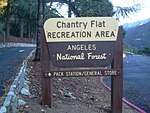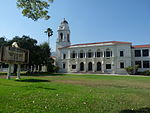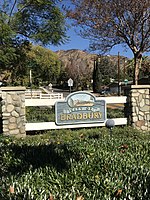Hughes Airwest Flight 706

Hughes Airwest Flight 706 was a regularly scheduled flight operated by American domestic airline Hughes Airwest from Los Angeles, California to Seattle, Washington, with several intermediate stops. On Sunday, June 6, 1971, the McDonnell Douglas DC-9 serving as Flight 706 departed Los Angeles just after 6 p.m. en route to Seattle as a McDonnell Douglas F-4 Phantom II of the United States Marine Corps was approaching Marine Corps Air Station El Toro near Irvine at the end of a flight from Naval Air Station Fallon in Nevada. The two aircraft collided in midair over the San Gabriel Mountains near Duarte, killing all 49 aboard the DC-9 and the F-4 pilot; the F-4 radar intercept officer ejected and survived. The crash of Flight 706 prompted the United States Armed Forces to agree to reduce the number of military aircraft operating under visual flight rules in civilian air corridors and to require military aircraft to contact civilian air traffic controllers.
Excerpt from the Wikipedia article Hughes Airwest Flight 706 (License: CC BY-SA 3.0, Authors, Images).Hughes Airwest Flight 706
Lower Clamshell Truck Trail,
Geographical coordinates (GPS) Address Nearby Places Show on map
Geographical coordinates (GPS)
| Latitude | Longitude |
|---|---|
| N 34.175 ° | E -118 ° |
Address
Lower Clamshell Truck Trail
Lower Clamshell Truck Trail
91015
California, United States
Open on Google Maps








